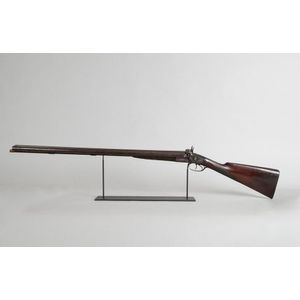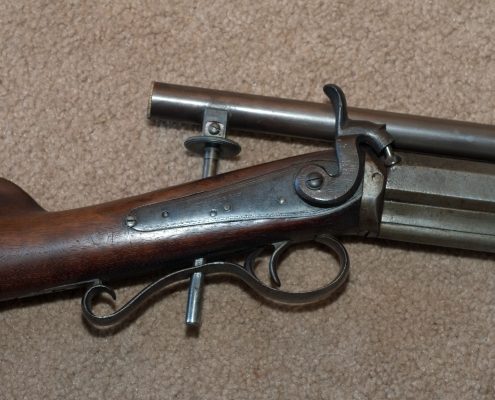

They also reduce friction in the barrel, increasing the slug’s velocity.

These ribs allow a small amount of rotation as the slug moves down the barrel. This is a solid lead slug with ribbing on the outside. Saboted slugs are designed for the barrel rifling and use a shuttlecock method to keep them stable. Some shotguns have a slight rifling of the barrel, while other shotguns have no rifling and are referred to as smoothbore. There are a lot of different types of slug. These are single projectile shotgun rounds used for hunting larger game animals. The difference is in the projectile itself. That said, the above are a good rule-of-thumb which you can reference any time you’re preparing for a hunt.īefore we look at all the different types of shotgun slugs, let’s quickly compare how the cartridges look on the inside to gain some perspective:Īs you can see, the lower half of the cartridges are fairly similar between birdshot, buckshot and slugs (though slug cartridges may have a bit more power).
#English 8ga rs parker double barrel shotgun free
You’re free to hunt any game with any cartridge, permitting your local and state laws. Now before my inbox fills up with angry emails, let me say that these rules are not set in stone. 00 is often shortened to ‘double-aught’ and 000 is sometimes called ‘triple-aught’ shot.įor the shotgun hunters out there, the above chart should give you a sense of the different cartridge types used for hunting various game.

Slug–a single projectile round in a shotgun shell, used for hunting larger game.

Wadding or Wad–this prevents the shot and powder from mixing, and provides a seal to keep gas from blowing through the shot instead of pushing it forward.These range in size and number according to their usage. Shot–the pellets inside some shotgun pellets.Bore–the interior diameter of a tube or cylinder, in this case, the inside of the shotgun barrel.Don’t worry, we’ll define each of them for you so you’ll have a better understanding of shotgun shells and how all the parts work together. Okay, we threw a bunch of unfamiliar terms at you in the above description of a shotgun shell. The brass base of the shell is thick enough to hold the primer, which is longer than those used for rifle and pistol ammunition. Starting at the brass, the layers of a shotgun shell are brass, propellant, over-powder wad, shot wad, shot pellets (or slug), over-shot wad, and top crimping. Shotguns are also capable of firing a single projectile, called a ‘ slug’.Ī shotgun shell is cased in plastic with a brass base containing the primer. A shotgun shell is a “a self-contained cartridge typically loaded with multiple metallic ‘shot’, which are small, generally spherical projectiles.”


 0 kommentar(er)
0 kommentar(er)
